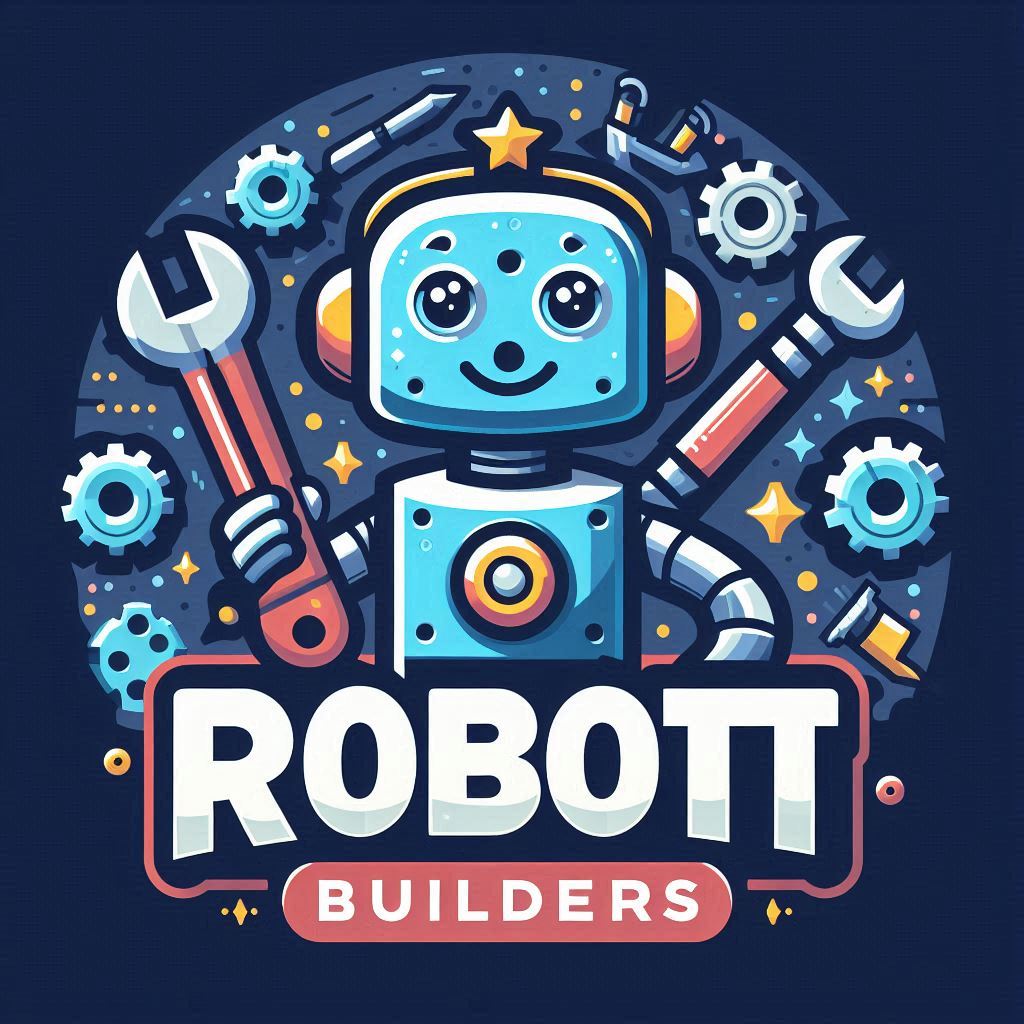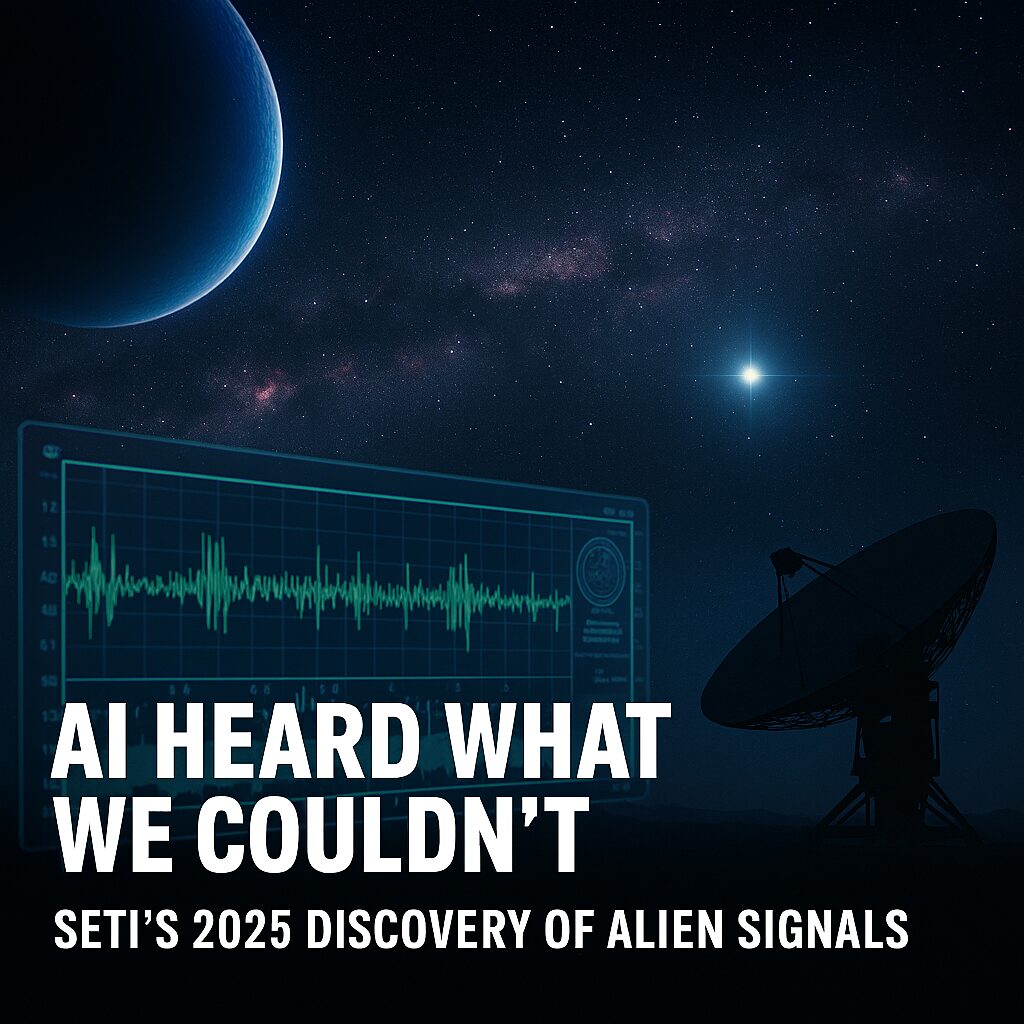Introduction
In a stunning scientific milestone, the Search for Extraterrestrial Intelligence (SETI) announced in 2025 that artificial intelligence had identified eight promising signals from nearby stars—potential evidence of intelligent alien life. This breakthrough, powered by deep learning and real-time radio signal analysis, marks a turning point in humanity’s cosmic quest: machines may have found what humans have searched for over a century.
🤖 How AI Found the Signals
SETI researchers used a custom neural network trained on over 115 million data windows from the Green Bank Telescope in West Virginia. The AI algorithm filtered out terrestrial interference and false positives, isolating eight signals of interest from five stars located 30–90 light years away.
Key Technologies Used:
- NVIDIA Holoscan for real-time signal processing
- AI-powered pattern recognition to detect technosignatures
- Position-switching technique to confirm signal origin
These signals appeared only when telescopes were pointed directly at the stars—suggesting a non-terrestrial origin.
🌌 What Are Technosignatures?
Technosignatures are signs of technology—radio waves, laser pulses, or atmospheric anomalies—that suggest intelligent life. Unlike biosignatures (e.g., oxygen or methane), technosignatures imply deliberate communication or planetary engineering.
SETI’s AI system was trained to detect:
- Repeating signal patterns
- Narrow-band transmissions
- Signal drop-off when telescope direction changes
This is the first time AI has autonomously identified such patterns at scale.
🧠 Why AI Was the Game-Changer
Traditional SETI methods relied on manual data review—slow, error-prone, and limited by human bandwidth. AI changed the game by:
| Advantage of AI in SETI | Impact |
|---|---|
| ⚡ Real-time analysis | Speeds up discovery timeline |
| 🧠 Pattern recognition | Detects subtle, non-obvious signals |
| 📉 False positive filtering | Reduces noise from Earth-based interference |
| 🌍 Scalable computation | Enables analysis of thousands of stars |
As SETI researcher Luigi Cruz put it:
“We need superhuman means—which is what AI basically is—to search the data in creative ways.”
🚀 What Happens Next?
SETI scientists are now:
- Repeating observations to confirm signal consistency
- Collaborating with international observatories for cross-verification
- Preparing peer-reviewed publications and public data releases
If confirmed, this could be the first credible evidence of intelligent life beyond Earth.
🔍 SEO Optimization Summary
✅ Meta Title: “AI Discovers Alien Life: SETI’s 2025 Breakthrough Explained” ✅ Meta Description: “Explore how SETI’s AI system identified 8 promising alien signals in 2025. Learn about technosignatures, deep learning, and the future of extraterrestrial discovery.” ✅ Keywords: AI discovers alien life, SETI 2025 breakthrough, technosignatures, Green Bank Telescope, intelligent extraterrestrial signals ✅ Formatting Tips:
- Use structured headings (H1–H3)
- Include tables and bullet points for readability
- Embed alt text in visuals (e.g., “AI analyzing radio signals from deep space”)
Conclusion
The 2025 SETI breakthrough isn’t just a scientific achievement—it’s a philosophical awakening. For the first time, machines may have heard whispers from another world. As we stand on the edge of cosmic contact, one thing is clear: the search for alien life is no longer just human. It’s intelligent, autonomous, and accelerating.

